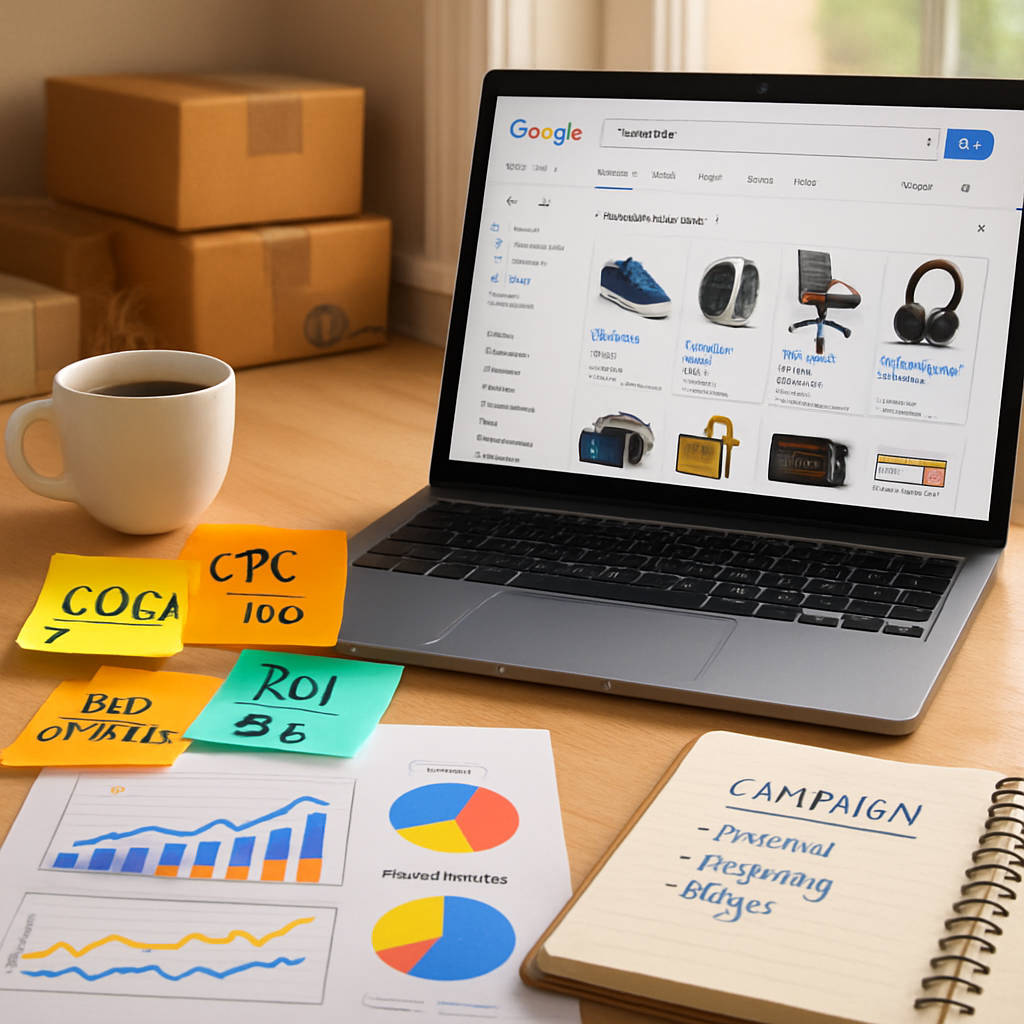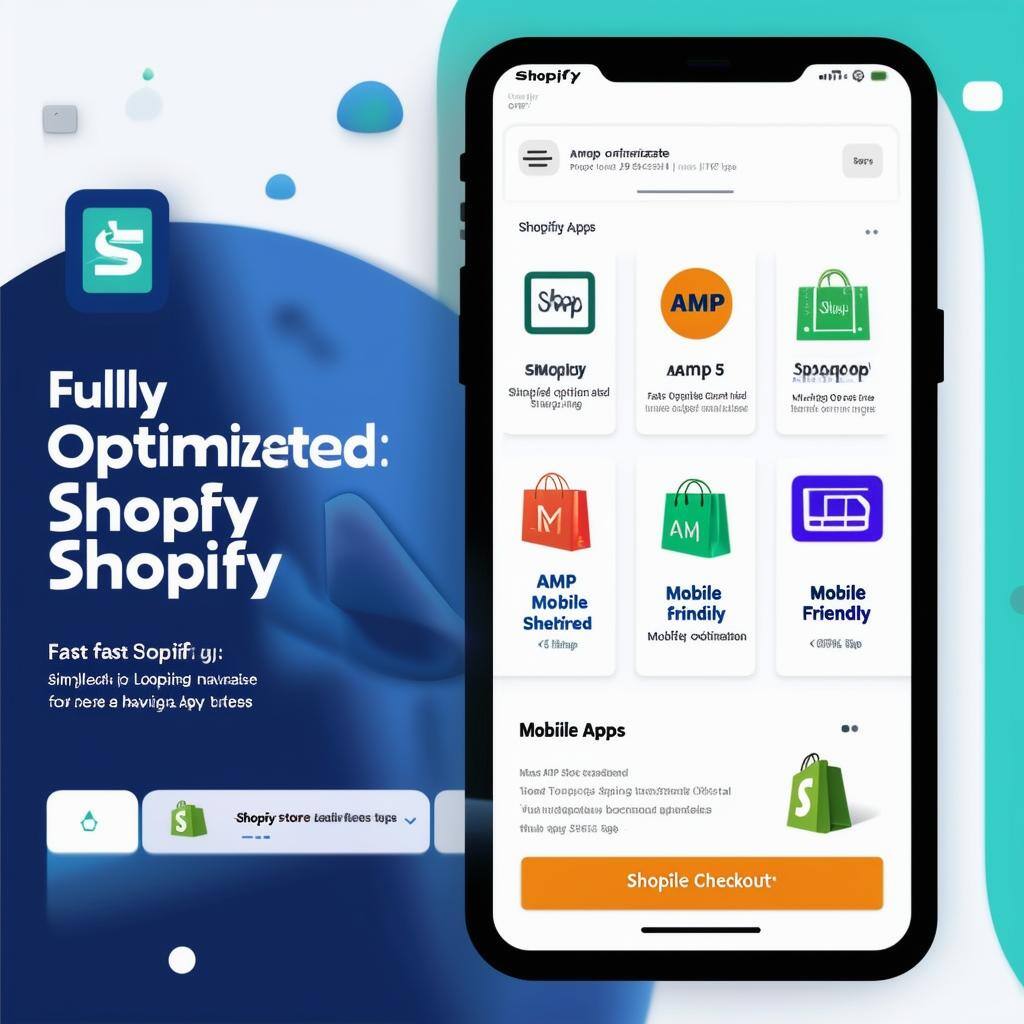Boost Your Shopify Store Sales: A Comprehensive Guide to Optimization
In the competitive landscape of e-commerce, simply having a Shopify store isn't enough. To truly thrive, you need to actively implement strategies that drive traffic, convert visitors into customers, and foster loyalty. This guide will walk you through actionable steps to improve your Shopify store sales, drawing on expert insights and proven methods.
1. Optimize Your Shopify Store Design & User Experience (UX)
A visually appealing and user-friendly store is the foundation of higher sales. Customers are more likely to buy from a site that is easy to navigate, professional, and loads quickly.
Key Areas to Focus On:
- Mobile-First Design: Ensure your store looks and functions perfectly on all devices, especially smartphones, as a significant portion of traffic comes from mobile.
- High-Quality Product Images & Videos: Use clear, high-resolution images from multiple angles, and consider adding product videos to showcase features and benefits.
- Intuitive Navigation: Make it easy for customers to find what they're looking for with clear categories, search functionality, and well-organized menus.
- Fast Loading Speeds: Optimize images, leverage browser caching, and choose a reliable Shopify theme to minimize load times. Slow sites lead to lost sales.
- Streamlined Checkout Process: Remove unnecessary steps, offer guest checkout, and provide multiple payment options to reduce cart abandonment.
2. Enhance Product Presentation and Information
Your product pages are where the magic happens – they need to convince visitors to click 'Add to Cart'.
Strategies for Effective Product Pages:
- Compelling Product Descriptions: Go beyond basic features. Highlight benefits, tell a story, and use persuasive language that addresses customer pain points and desires.
- Customer Reviews and Testimonials: Social proof is incredibly powerful. Encourage customers to leave reviews, and display them prominently on product pages.
- Clear Calls-to-Action (CTAs): Use prominent, action-oriented buttons like "Add to Cart" and "Buy Now".
- Upselling and Cross-selling: Recommend complementary products or higher-value alternatives directly on the product page to increase average order value.
3. Drive Targeted Traffic with Advanced Advertising
Even the best store won't generate sales if potential customers can't find it. Effective advertising is crucial.
Leverage Google Ads for Shopify Success:
- Search Campaigns: Target customers actively searching for your products with relevant keywords.
- Shopping Campaigns: Showcase your products directly in Google search results with images, prices, and store names.
- Remarketing: Re-engage visitors who have previously visited your site but didn't purchase.
- Audience Targeting: Utilize demographic, interest, and in-market audiences to reach the most relevant potential buyers.
Poptag specializes in advanced Google Ads management for Shopify stores, focusing on maximizing return on ad spend (ROAS) through data-driven strategies and continuous optimization. Our expertise ensures your advertising budget works harder to bring qualified leads to your store.
4. Implement Effective Email Automation & Marketing
Email marketing remains one of the most cost-effective ways to drive sales and build customer loyalty.
Essential Email Automation Flows:
- Welcome Series: Greet new subscribers and introduce them to your brand and best-selling products.
- Abandoned Cart Recovery: Automatically remind customers about items left in their cart, often with a small incentive.
- Post-Purchase Follow-ups: Thank customers, provide shipping updates, and solicit reviews.
- Win-Back Campaigns: Re-engage inactive customers with special offers.
Poptag helps businesses set up and optimize sophisticated email automation sequences to nurture leads, reduce cart abandonment, and increase repeat purchases, enhancing the overall customer journey.
5. Analyze Data and Optimize Continuously
Understanding your store's performance is key to identifying areas for improvement.
Key Metrics to Track:
- Conversion Rate: The percentage of visitors who make a purchase.
- Average Order Value (AOV): The average amount spent per order.
- Cart Abandonment Rate: The percentage of customers who add items to their cart but don't complete the purchase.
- Customer Lifetime Value (CLV): The total revenue a customer generates over their relationship with your brand.
- Traffic Sources: Identify where your visitors are coming from to allocate marketing efforts effectively.
By leveraging data-driven insights, Poptag helps e-commerce businesses make informed decisions to optimize their Shopify stores, marketing campaigns, and customer experiences for maximum sales growth.
Conclusion
Improving Shopify store sales is an ongoing process that requires a holistic approach. By focusing on design, product presentation, targeted traffic generation, effective email marketing, and continuous data analysis, you can significantly boost your store's performance. For expert guidance and execution in these critical areas, consider partnering with specialists who understand the intricacies of e-commerce growth.


